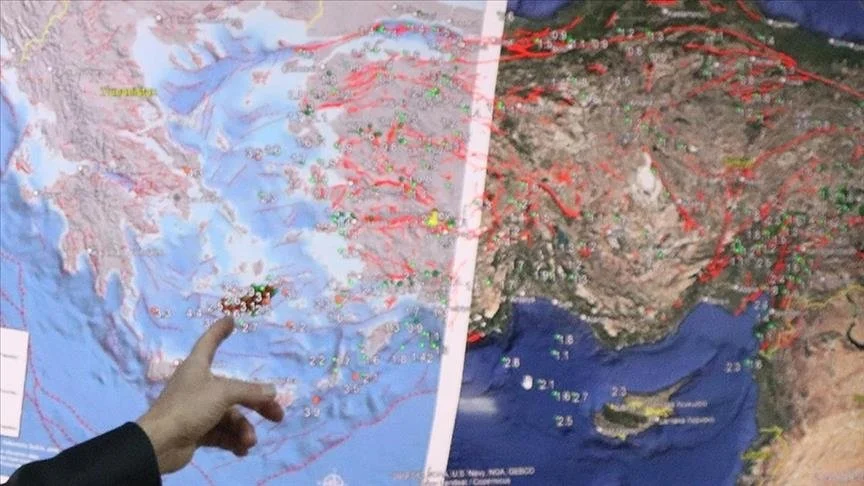The recent earthquakes in the Santorini-Amorgos area are purely volcanic, according to Dr. Costas Synolakis, Professor of Natural Disasters and member of the Academy of Athens. Speaking on ERT public television, he explained that Friday’s tremors were caused by rising volcanic magma, as indicated by the unique seismic patterns recorded. Although the vibrations ceased within an hour and a half, the events were classified as volcanic swarms, which seismologists described as “very, very noisy.”
Dr. Synolakis called for a wider meeting with international experts to better understand the phenomenon, emphasizing the need to compare the current activity with other historical cases rather than relying solely on insights from the 2011 seismic events. He noted a recent decline in seismic activity, suggesting a temporary improvement, but warned that the situation demands closer examination since the nature of the quakes has shifted to being distinctly volcanic.
He outlined two potential scenarios: the rising magma could either form a small volcanic cone or trigger a more significant earthquake. He further noted that the ongoing displacements and tremors are due to magma pushing towards the surface, creating cracks as it moves.
While it’s possible for volcanic activity to subside, as observed in the past, Dr. Synolakis urged caution and highlighted the importance of monitoring additional factors such as ground deformation, seabed changes, and volcanic gas emissions. When asked about the duration of this seismic activity, he alluded to Greek mythology, saying, “Only Enceladus knows,” but indicated that if the downward trend continues next week, more reliable conclusions can be drawn.
AI-generated image of Santorini's volcano
The Euro-Mediterranean Seismological Center noted that the harmonic vibrations, signaling potential volcanic movement, began suddenly on Friday night and stopped just as abruptly. The Geodynamic Institute of the National Observatory of Athens recorded a 4.1 magnitude earthquake south of Amorgos, while the National and Kapodistrian University of Athens reported over 100 quakes in the Cyclades on Thursday alone.
Since January 26, more than 17,500 earthquakes have been recorded in the Santorini-Amorgos zone, including over 15,400 with magnitudes above 1.0. In response to the escalating seismic activity, Ios island has been placed under a state of emergency until March 14, alongside Thira, Amorgos, and Anafi.










